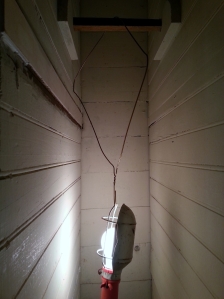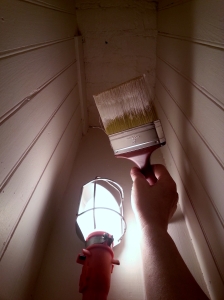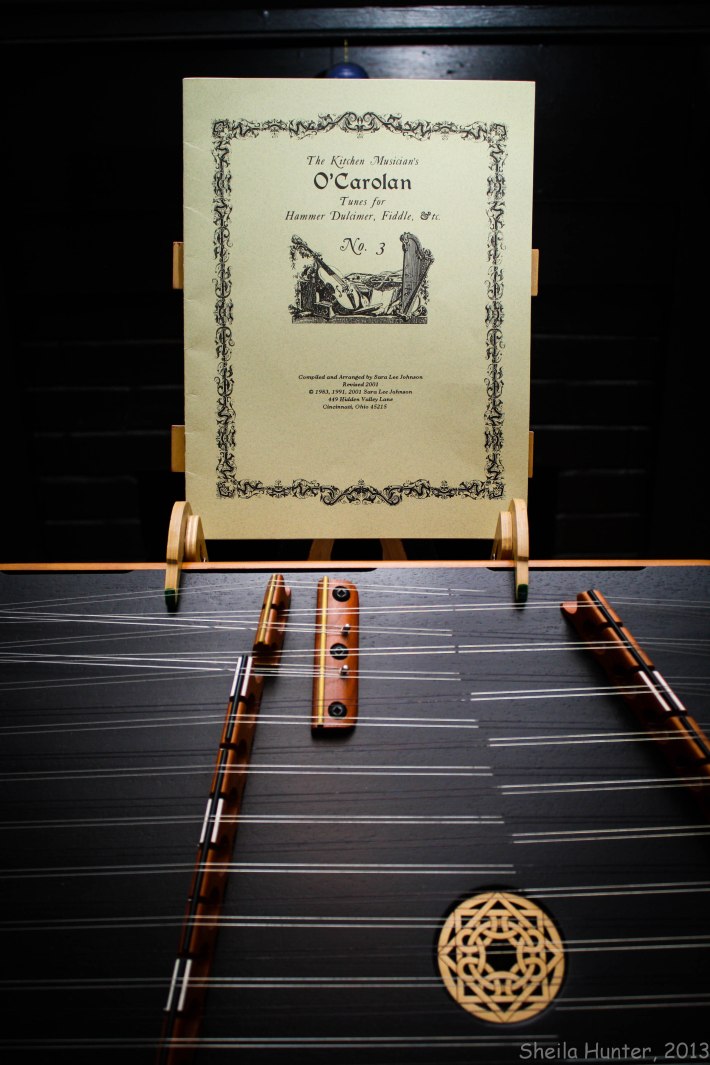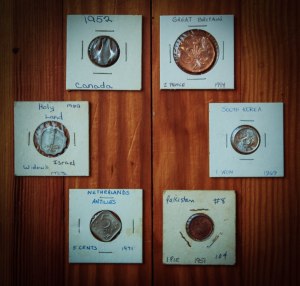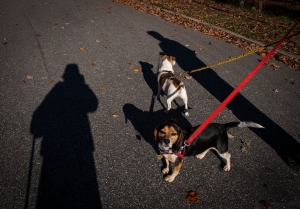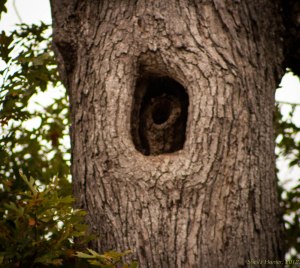Lately, I’ve been hearing about and reading a lot of personal stories as to why folks refuse to get a COVID-19 vaccine. They have a distrust of western medicine, the government and the pharmaceutical industry. They feel like the vaccine was rushed through to get it on the “market.” They don’t trust the the truth of what the side effects are. They think that western medicine is just a bunch of untested or poisonous chemicals that someone has whipped up to placate the masses. Maybe they think the vaccines are just another way that the government has control over our bodies. So many reasons…I’m sure you’ve heard even more.
I understand the mistrust. Being born in 1960 and diagnosed as a toddler with “Vitamin D-resistant Rickets,” I was basically a guinea pig for doctors who really didn’t understand this rare genetic disease and know how to treat it. I wore leg braces as a way to force my legs into a straighter shape while taking massive doses of Vitamin D and maybe some kind of “preparation” (as my mother called it) that might have contained phosphorus. The orthopedist used x-rays of my legs to “prove” that the meds were working and I was growing properly. I was encouraged (read: expected) to practice walking so that I could “walk properly, like a young lady is supposed to walk.” I never reached a “normal” height. My legs never did “straighten up.”
The truth is, none of these doctors had the slightest clue as to what caused my rare phosphorus-wasting bone disease. But they did the best they could with the knowledge they had at the time to help me “overcome” it, not really understanding that there is no cure for it and it’s a disease that lasts a lifetime.
Fast forward several decades and we now know the cause and even which gene the mutation is on that causes this disease. We don’t have a cure, but we have a treatment that is especially effective for children, so that they (hopefully, if properly diagnosed early enough) can grow to a more “normal” height, with straighter legs, fewer dental problems, less bone pain, fewer insufficiency fractures, fewer surgeries, hopefully less hearing loss and overall, less damage to the bones and joints as they age. (The enthesopathy is real!) Another side benefit? Less emotional trauma when you’re growing up, less depression and higher self esteem because let’s face it…a child who “walks funny” or has trouble in PE classes and is much shorter than their classmates faces almost daily rejection, stares from others and sometimes outright discrimination.
Frankly, my feelings about Western medicine have changed from “great distrust and disappointment“ to “amazement.”
Why? I was part of the clinical drug trial, Phase 3, for Crysvita/Burosumab, the current best treatment for children and adults with X-linked Hypophosphatemia. This drug received approval from the FDA in 2018, two years into the trial I was in. I continued a third year and now I’m in the 10-year follow up trial to monitor its effects on me. Approximately 120 people WORLDWIDE were in this phase 3 trial. There was a phase 1 and a phase 2 for the trial, with similar numbers of people in those.
You know, you can only test rats for so long before you have to find out if a drug works on people. People have to volunteer* to be “guinea pigs” to find out if the drug is effective. I can say without a doubt that this drug IS helping children significantly and it is also helping adults (less significantly, in my opinion, due to the fact that by the time we get to adulthood, this disease has already done a lot of irreparable damage.) The Phase 3 drug trial I did for burosumab was the second drug trial I had participated in for XLH. The other drug trial was at Yale and with a smaller group of people, I think. Phase 3 is the final phase which can lead to approval by the FDA.
Basically, several dozen people WORLDWIDE helped to get Crysvita approved and available, which took several years. That’s not very many people but again, in the U.S. alone, there are only somewhere between 13,332 and 16,665 people who have XLH.** The pharmaceutical company had to rely on the testing of relatively few people to get this drug approved for a small group of rare individuals. But believe me, their testing was very rigorous!
So, what about these COVID-19 vaccines? According to my research on the Pfizer, Moderna and Johnson & Johnson websites, a total of 114,990 people participated in the Phase 3 trials for their vaccines. (Compare that with 120 people worldwide in my phase 3 trial for Crysvita.) Let that sink in. There were 114,990 who decided it was worth the risk of unknown side effects to find a vaccine for COVID-19 to help YOU, to help ME, survive this highly transmissible and potentially deadly disease. Those participants took the risk of being a “guinea pig” of the vaccine so that we could basically stay out of the hospital, should we contract COVID-19.
I’d like to give a shout out to those 114,990 people. 👏🏼👏🏾👏🏻👏🏿👏🏽 THANK YOU!
In the U. S. A., “we the people” (from our constitution) means “WE are the government.”
Well, “WE” are also the pharmaceutical “industry” and the FDA and the medical “industry.” We who volunteer* to be in drug trials so that we can help our community are the ones that you insult or disparage when you refuse to take the vaccine because “the government put a tracking device in it” or “we don’t really know the true side effects” or “if I take it, that means I have no faith in God.” Really? You think that little of us? You question our faith, question our ability to report side effects, question our common sense and think we’re gullible?
That hurts. We who participate in clinical drug trials thought we were helping people, our families, our communities, our friends when we put our safety on the line for OUR COLLECTIVE HEALTH.
It’s sad that there is such a distrust in not only the government and the medical and pharmaceutical “industries” but also in WE THE PEOPLE (your neighbors, your friends, your family) who help get all sorts of drugs approved for you. I was in drug trials because I hoped beyond hope that my test drug, if approved, would help children not to have the same experience I had and have as a person with XLH. I like to think that the 114,990 people who participated in the drug trials for the COVID-19 vaccine also did it for others…the elderly, the people with chronic diseases, the people with poor immune systems, the people who can’t afford to miss work, the healthy people who thought they were invulnerable, the children, the medical people who are overwhelmed with caring for COVID-19 patients.
Modern western medicine isn’t perfect. Neither is my immune system, which has failed me many times. We do have to be proactive in caring for ourselves, not taxing our immune system, but building it up so that we have the best tools for combating disease. The vaccine is another tool to help with that. It’s not 100% effective in keeping you well, but it’s over 90% effective in keeping you out of the hospital. I’m all for that. I have enough medical bills as it is and don’t need more. I’ll continue to eat well, exercise, take some supplements, wear a mask, wash my hands but also with the added tool in my arsenal of COVID-19 fighting tools…
The COVID-19 vaccine.
*Volunteering in clinical drug trials often includes some types of monetary compensation for your transportation, possible overnight stays and some of your time. It’s no way to make a living but there is usually some financial compensation so that you don’t personally incur any expenses that aren’t reimbursed.
**It is estimated that one in 20,000 to 25,000 births are people with XLH. As of today, the U.S. population is 333,294,290. That is how I arrived at the approximate number of people with XLH in the U.S.
Copyright 2021 S.G. Hunter and Banjogrrldiaries


